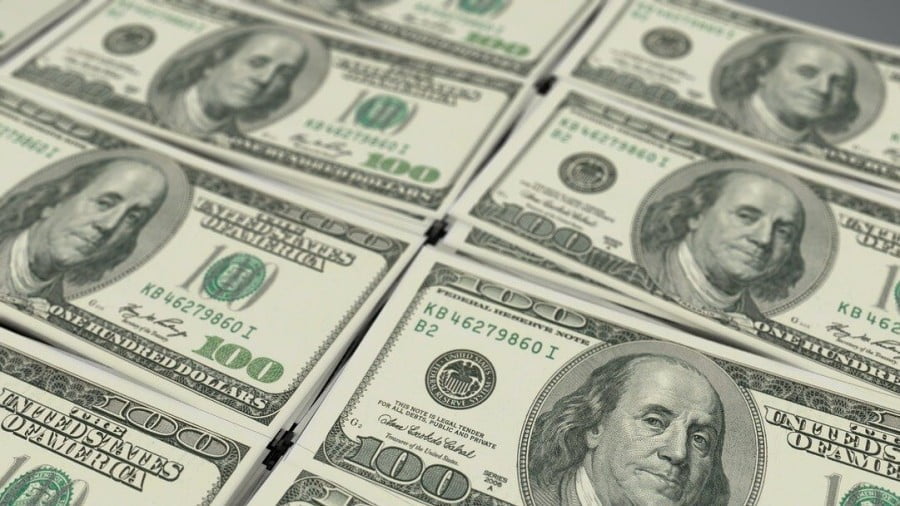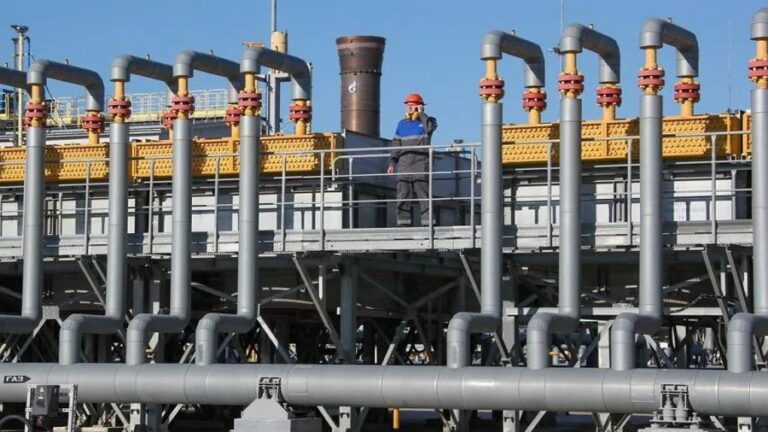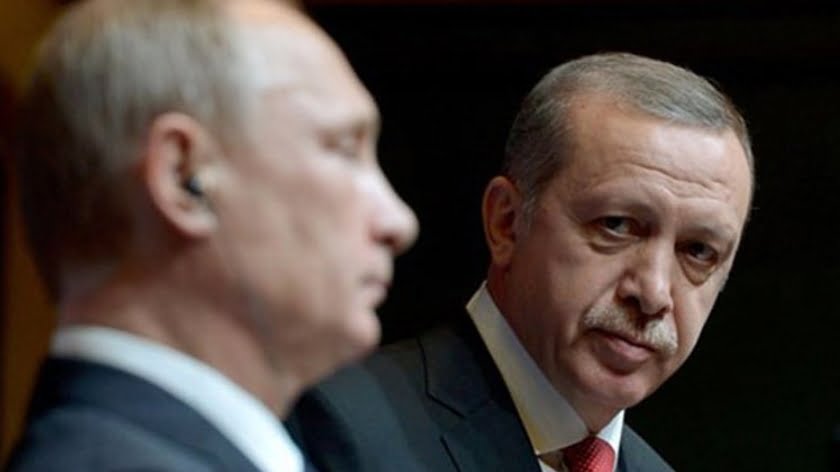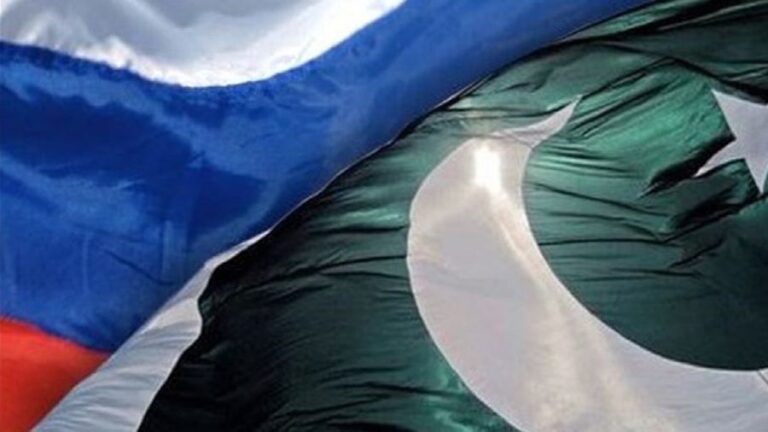How Is Money Created? Part I
Without resorting to lofty rhetorics and convoluted hypotheses, this two-part article demonstrates – using experimental data and empirical evidence – exactly how and by whom new money is created into the economy.
How is money created? Where does new money come from? This question sounds so simple – so elementary, that one would expect any economist, banker or anyone having anything to do with monetary issues, should readily be able to answer this question conclusively.
However, in reality, the answer to this fundamental question remains mired in confusions and contradictions. One finds it quite surprising that even bankers, economists and policymakers share no common understanding of how money is created.
Indeed, Forbes magazine’s Steve Keen aptly describes it in his 2015 article when he says:
“[What is money and how is it created?] should be two of the easiest questions to answer in economics; after all, money is the one thing that we all use in an economy—surely we know what it is, and where it comes from?
“Unfortunately, we know what money is the same way the fabled Blind Men of Hindustan know what an elephant is: the one who grabbed the trunk knows it is “like a tree”, while the one who grabbed the tusk knows that it is “like a spear”, and so on.”
Frankly, this apparent lack of understanding doesn’t seem normal or coincidental at all. Shocking though it may seem, one can peruse any undergraduate or postgraduate American or European university prospectus and rarely find a module in an Economics or Business degree on money creation; let alone a dedicated degree or a Masters degree on the subject. While PhD dissertations on better gardening, for example, are aplenty online, it’s almost impossible to find thesis papers on money creation mechanisms. Renowned mainstream economists like Paul Krugman profess on New York Times that how money is created is no big deal, and that it’s in fact OK to ignore money when modeling the economy.
Yet, a deficit in sound understanding of money creation, especially among the supposed monetary scholars, have profound consequences. For one, lack of sound insights into this mechanism renders any attempt at banking or monetary reforms ineffective. More importantly, the creation of new money and the allocation of purchasing power not only represent vital economic functions, they also remain highly profitable. Therefore, these functions serve significant public interest and don’t just supply talking points for an obscure technocratic debate. Greater transparency in monetary functions promises to improve the legitimacy of banking system itself. It also ensures tremendous economic prospects for the society as a whole.
Therefore, in light of this apparent ignorance one can’t help but contemplate warnings put forth by prominent thinkers. Quotes such as the one below made by economist John Kenneth Galbraith become hard to ignore. He said:
“The study of money, above all other fields in economics, is one in which complexity is used to disguise truth or to evade truth, not to reveal it.”
Is it really the case here? Are we really being hoodwinked by an invisible power that may be? Are there malevolent intents at work to induce puzzlement in our understanding of monetary systems? Well, let’s find out.
First, let’s define money. Despite how innocuous one would expect this definition to be, defining money proves surprisingly difficult. Sifting through utterly complex theories on money, proposed by the likes of Italian economics professor Augusto Graziani, will surely give one a good run for their money. Nevertheless, in their 2017 book titled Where Does Money Come From?, economists Josh Ryan-Collins, Tony Greenham and Richard Werner cut through the tangled historical and theoretical debate to identify that anything widely accepted as payment, particularly by the government as payment of tax, is, to all intents and purposes, money. This includes bank credit. Because although an IOU from a friend isn’t acceptable at the tax office or in a local shop, an IOU from a bank most definitely is.
Second, let’s look at the various types of money that exist within a monetary system. For instance, according to the Bank of England’s website, three types of money exist in the UK economy:
- Cash – banknotes and coins: 3%
- Central bank reserves – reserves held by commercial banks at the Bank of England: 18%
- Commercial bank money – bank deposits: 79%
The second and third types exist in digital form, while the first one in physical form. Since central bank reserves do not actually circulate in the economy, we can further narrow down the money supply that is actually circulating, as consisting of cash and commercial bank money. This results in about 4% in physical cash and about 96% in digital commercial bank money, as noted by the Bank of England.
US dollar represents slightly different breakdown from the above. According to the Federal Reserve Bank website, $1.9 trillion in Federal Reserve notes remain in circulation as of July 2020; out of $18.5 trillion M2 or total currency in circulation as of July 2020, according to the Federal Reserve Bank of St. Louis. This results in about 9% in physical cash and 91% in digital commercial bank money for US$.
So, clearly, the answer to our question: how is money created? rests in answering: how is commercial bank money created? – since well over 90% of all money in circulation exist as digital ‘bank money’. If we can determine how the commercial bank money is created, we will have answered our question posed in this article.
Now, to determine how the bank money is created, it’s important to scrutinize how banks make loans. As we will see in Part II of this article, understanding how banks make loans – the mechanism through which banks extend new credit to borrowers – lies at the heart of understanding how bank money is created. We will employ forensic analysis on a bank balance sheet to determine exactly what takes place when banks make loans. Once we achieve a clear sense of the lending mechanism for commercial banks, we will then proceed to answer our question: How Is Money Created?
(To be concluded in Part II)






